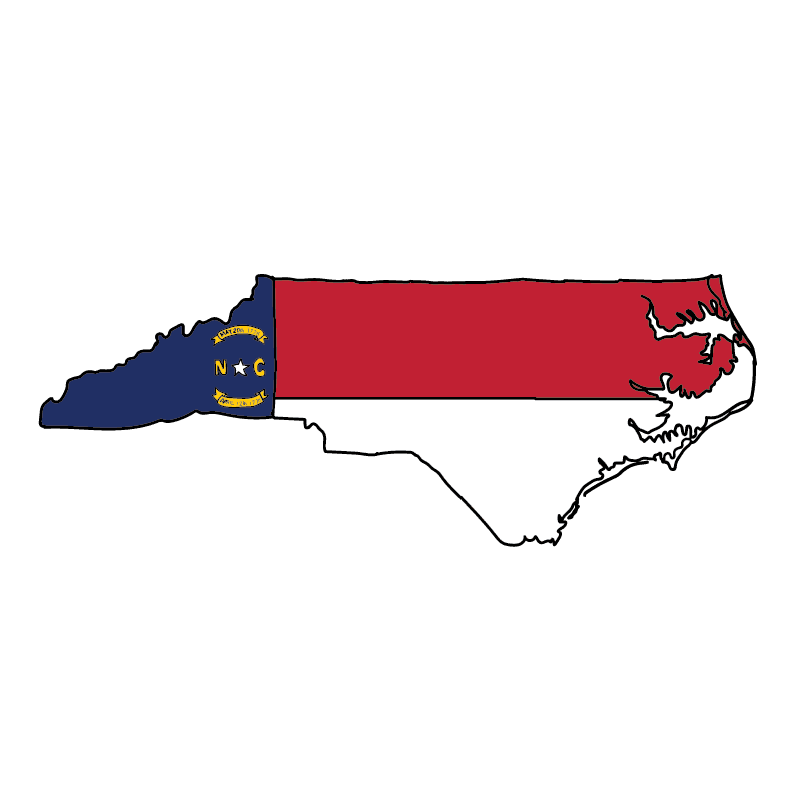Roses are one of the most popular and beloved flowers in the world. They have been cultivated for thousands of years and have played an important role in many cultures. North Carolina is no exception, and the rose has a rich history in the state’s culture.
Roses are a symbol of love, beauty, and elegance, and they have been used in many different ways throughout history. In North Carolina, roses have been cultivated for both their beauty and their practical uses. The state has a long history of rose cultivation, dating back to colonial times. North Carolina currently hosts numerous rose gardens, nurseries, and festivals, celebrating the diverse beauty of the cherished flower.
For rose enthusiasts or those admiring their beauty, North Carolina offers a rich exploration of rose history and culture. From the state’s early settlers to modern-day gardeners, roses have played an important role in the lives of North Carolinians for centuries. This article will explore the rich history and culture of rose flowers in North Carolina, from their early beginnings to the present day.
Historical Roots
Roses have been an important part of North Carolina’s horticultural heritage for centuries. One of the state’s towns that is Gibsonville has been coined the “City of Roses” since 1920. The town’s nickname came after train passengers passing along Minneola Mill could see numerous amounts of rose bushes along the railroad tracks. North Carolina is also home to several old institutions that feature large amounts of roses. This includes the Raleigh Rose Garden where 1200 roses of 60 varieties bloom.
Today, North Carolina is home to other public and private rose gardens which include:
- Elizabethan Gardens
- Wilson Rose Garden
- McGill Rose Garden
- Finley-Nottingham Rose Garden
- Mary Duke Biddle Rose Garden
- Fayetteville Rose Garden
- Gene Strowd Community Rose Garden
The state also hosts several rose shows each year, including the Raleigh Rose Society Rose Show and the Charlotte Rose Show. Overall, roses have played an important role in North Carolina’s history and continue to be a beloved part of the state’s culture and landscape.
Cultural Significance
Roses have played a significant role in North Carolina’s culture for centuries. The state’s favorable climate and soil conditions have made it an ideal location for growing roses. As a result, many North Carolinians have developed a deep appreciation for these beautiful flowers.
Roses have been used in various cultural celebrations throughout the state’s history. For example, North Carolina has been celebrating the annual Raleigh Rose Show since 1947. The event is open to everyone who wishes to bring and showcase their roses as long as the plants come from their private gardens.
Furthermore, various forms of art throughout history in North Carolina have featured roses in several countless occasions. For instance, the North Carolina Museum of Art in Raleigh has a collection of rose-themed paintings, sculptures, and other works of art. These pieces showcase the enduring beauty and cultural significance of roses in North Carolina.
Overall, roses have played a significant role in North Carolina’s culture for centuries. From their recognition as state wildflowers to their use in cultural celebrations and art, these beautiful flowers continue to be an essential part of North Carolina’s heritage.
Economic Impact
The rose industry is an important contributor to the economy of North Carolina. A report by the Society of American Florists (SAF) states that the total sales in the cut flower industry for North Carolina is $199 million. Moreover, this amount made the state one of the top ten in sales according to a 2021 survey. Additionally, an article expresses that there are about 1300 ornamental plant growers in the state, of which roses are a part of. The article also states North Carolina’s total annual sales for ornamental plant production is over $500 million.
The industry provides employment opportunities to many individuals in the state and contributes to the state’s GDP. Further, many growers in the state produce roses for both the domestic and export markets.
In addition to its economic impact, the rose industry also has cultural and aesthetic significance. Roses are widely used in weddings, funerals, and other events, and are also popular as ornamental plants in gardens and public spaces. The industry contributes to the state’s overall beauty and attractiveness, drawing tourists and visitors to the state.
Overall, the rose industry is an important contributor to the North Carolina economy, providing employment opportunities, generating revenue, and enhancing the state’s cultural and aesthetic appeal.
Artistic & Literary Influence
Roses have played a significant role in North Carolina’s art and literature for centuries. The North Carolina Museum of Art has a collection of rose-themed artwork, including paintings, sculptures, and photographs.
One of the most famous examples of roses in North Carolina literature is Lila Ripley Barnwell’s poem “Red Roses.” The poem is set during the end of summer when the speaker bids farewell to her lover. Throughout the poem, the red rose is used as a symbol of beauty, love, and longing.
There are several other poems and stories by North Carolina writers where roses often represent love and beauty. Overall, the historical significance of roses in North Carolina’s art and literature is a testament to their enduring beauty and symbolism.

EXCLUSIVE North Carolina COLLECTION
Visit Store
From Clothes & Apparel To Home Décor & Accessories. Free Returns. Unique Designs. Worldwide Shipping.
